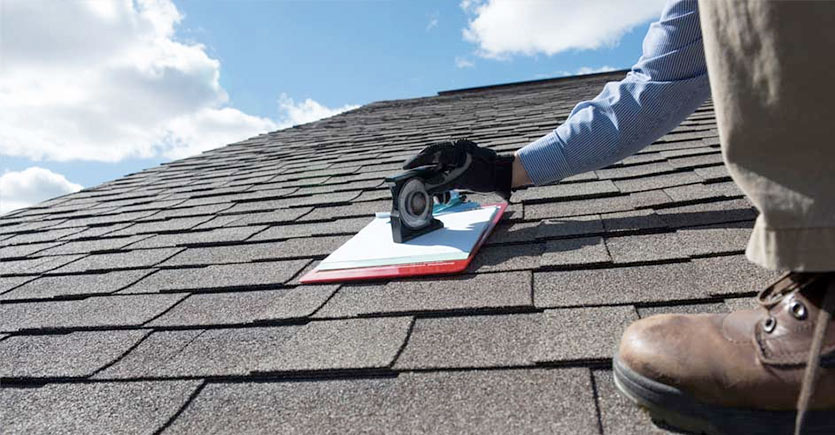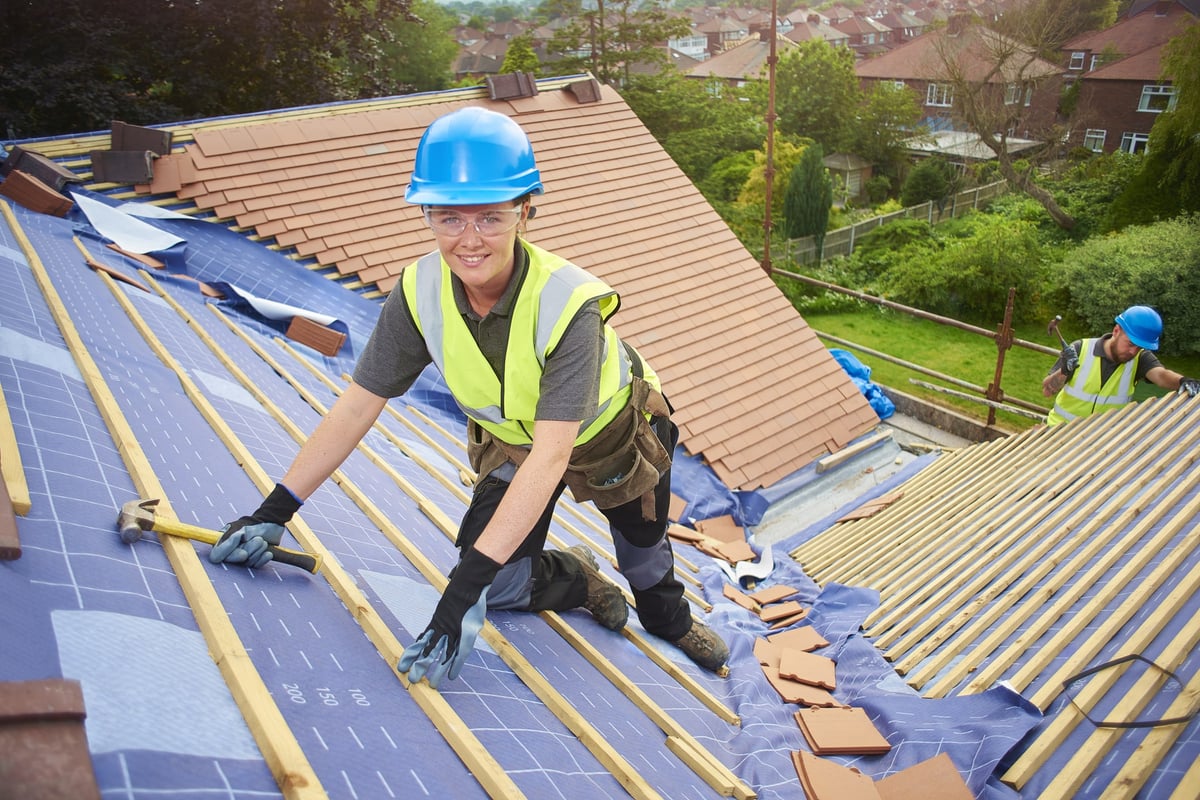Work with an local Toledo Roofer for industrial roofing projects.
Work with an local Toledo Roofer for industrial roofing projects.
Blog Article
Just How to Review Different Roofing Choices for Your Building Needs
Assessing roof covering alternatives for your building requires a detailed technique that thinks about numerous factors such as the intended use of the structure, local climate problems, and material qualities. It is crucial to weigh the advantages and downsides of various roof kinds, from asphalt roof shingles to steel and clay floor tiles, while also considering first prices and lasting upkeep. Additionally, comprehending energy performance and visual allure can affect your decision. As you contemplate these factors to consider, one question remains: which factors will inevitably guide your selection for a lasting and aesthetically pleasing roof service?
Analyzing Your Building's Demands
To properly evaluate roof covering options, start by completely evaluating your structure's requirements. Begin by taking into consideration the structure's planned use, as various structures may demand varying roof covering specs. Household roofing systems commonly focus on aesthetics and insulation, while industrial buildings might focus on toughness and load-bearing capacity.
Next, assess the local climate problems that will certainly affect roof covering performance. Factors such as temperature level changes, rainfall degrees, and wind patterns can influence product option and design. A roofing system that excels in a pleasant environment may not execute also in areas prone to heavy snowfall or severe warm.
Additionally, evaluate the architectural honesty of your structure. Make sure that the existing framework can support the chosen roof materials, specifically if taking into consideration larger choices. It is also essential to assess any type of neighborhood building ordinance or laws that might dictate certain requirements for roof covering systems.

Comparing Roof Materials
As soon as an extensive analysis of your structure's needs has actually been finished, the following step includes contrasting different roof covering materials. Each product supplies distinctive benefits and drawbacks, making it important to align your choice with your certain needs and circumstances.
Asphalt shingles are commonly identified for their affordability and convenience of installment, making them a prominent option for household structures. On the various other hand, steel roofing, known for its sturdiness and durability, can withstand severe climate condition yet might come with a higher initial investment.
Clay and concrete floor tiles offer exceptional thermal insulation and aesthetic appeal, particularly for Mediterranean-style architecture, yet they require an even more robust structural assistance as a result of their weight. Wood trembles offer a natural appearance and excellent insulation homes but might require extra maintenance and are susceptible to fire hazards.
Assessing Price and Budget Plan
Assessing your roof choices necessitates a mindful assessment of price and his comment is here spending plan considerations. The total allocate a roof project consists of several aspects, consisting of material prices, labor expenses, upkeep, and possible long-lasting financial savings. It is necessary to establish a clear budget plan prior to exploring certain roof covering products, as this will certainly assist the decision-making process and aid you prevent overspending.
Begin by acquiring quotes from several specialists to recognize labor costs in your area. Make sure that these estimates include all necessary services, such as elimination of the old roofing system, installment, and any kind of additional go to my site attributes, like insulation or ventilation enhancements - Roofer. Next, evaluate the price of various roofing materials, considering both first installation costs and expected lifespan

Comprehending Power Efficiency
Power performance plays an important function in the option of roofing materials and systems, substantially impacting both energy consumption and overall convenience within a building. A well-chosen roof can improve thermal efficiency, minimizing the need for home heating and cooling systems, which subsequently lowers energy bills and reduces ecological influence.
When assessing roof choices, think about materials that mirror rather than soak up warmth. Furthermore, appropriate insulation and ventilation are vital to maximize the power effectiveness of the whole roof covering system.
Another vital element is the roof's durability and maintenance demands. Sturdy materials that require less constant substitute add see page to long-term power financial savings. In addition, the power effectiveness of a roof covering system can also be analyzed via its compliance with recognized sustainability rankings such as ENERGY CELEBRITY or LEED.
Considering Visual Charm
A roofing system's visual appeal substantially influences the total look of a structure, complementing its architectural design and boosting curb charm. Perrysburg Roofer. When reviewing roof covering options, it is important to take into consideration how the picked product, color, and layout will certainly harmonize with the existing structure and community. A well-designed roofing system can boost also the easiest of buildings, changing them right into visual centerpieces
Various roof products provide different aesthetic qualities. For example, standard tiles may evoke a classic appeal, while steel roof can impart a modern, smooth look. In addition, the color of the roof covering material plays a critical duty; lighter tones can make a building show up more large, while darker tones may develop a cozier setting.
In addition, building elements, such as dormers and eaves, can improve the roof's aesthetic effect. It is advisable to speak with professional developers or architects to ensure the chosen roof covering choice lines up with the overall design intent. Inevitably, a roof covering needs to not just supply functional benefits but also add positively to the building's aesthetic, reflecting the proprietor's preference and the personality of the surrounding environment.
Conclusion

Report this page